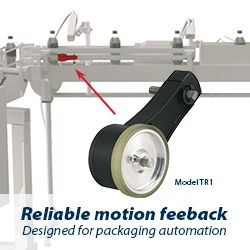Shanghai instals 3D bus shelters
Cao Chen via The Telegarph: New bus shelters, built by a Shanghai company, feature a closed-loop design that looks like a rectangular frame, and which is 16ft 7in long, 4.ft 9in wide and 8ft 8in high. Placed along a country road in Fengjing town, the futuristic structures that come with original ink marks left on the surfaces, are believed to be the world’s first produced by 3D printers, says 3ders.org, a global news organisation dedicated to providing the latest news, trends and analysis in the 3D printing industry.
“All the printing materials are from recycled and classified industrial waste or tailings,” said Wang Aijuan, who is responsible for the 3D bus stop project at WinSun Construction Technologies. “The printing process is environmentally friendly, because such new technology does not produce additional waste.”
The company, which has been working on the development of 3D printing technology for the construction industry and related products for more than a decade, says 3D printing technology can save up to 60pc of building materials and 50 to 80pc of manpower, which greatly improves work efficiency and helps reduce costs. Full Article:
Featured Product

